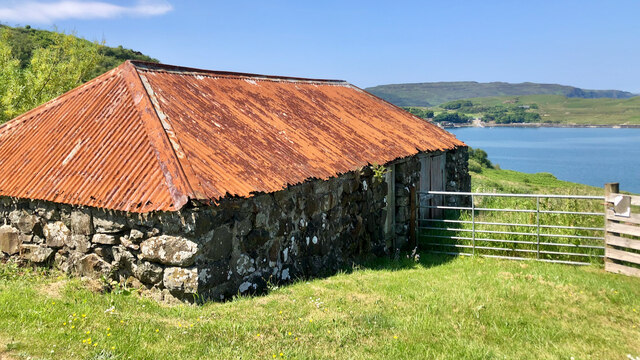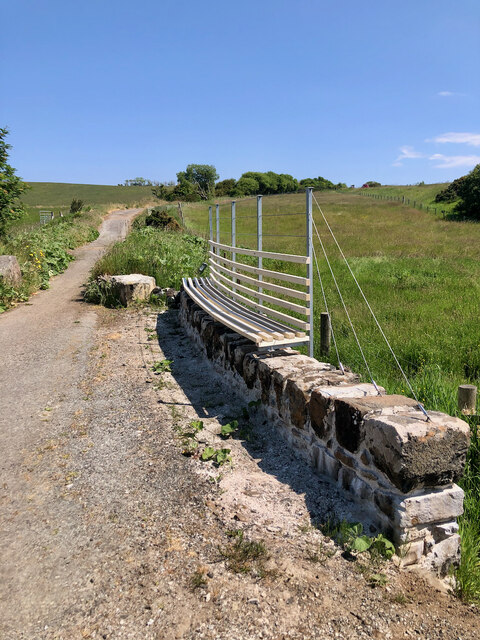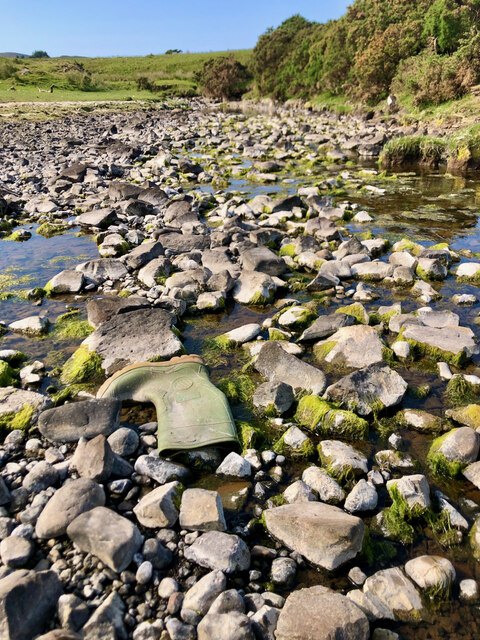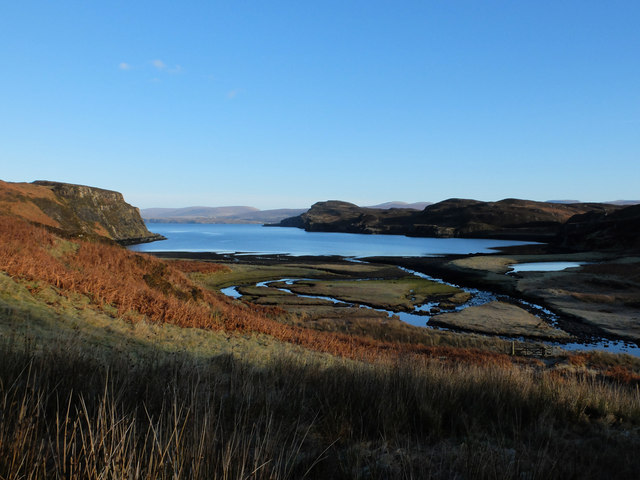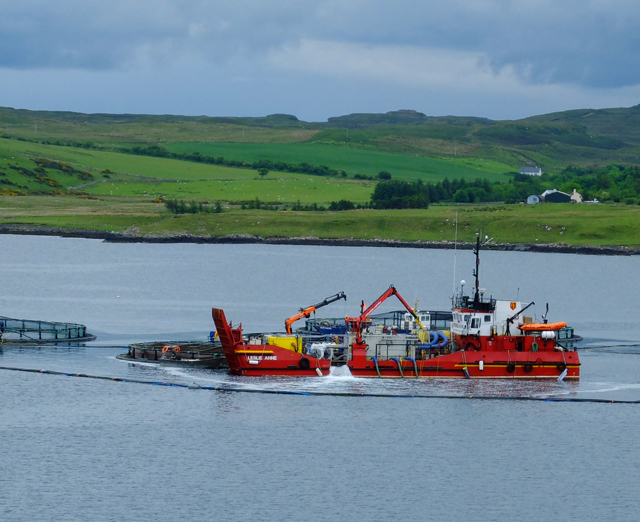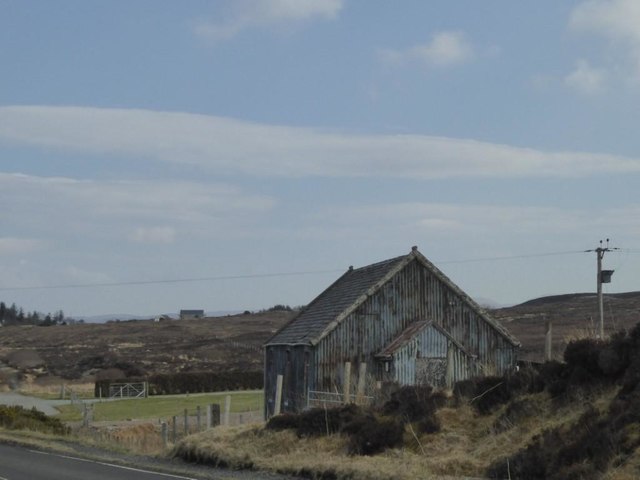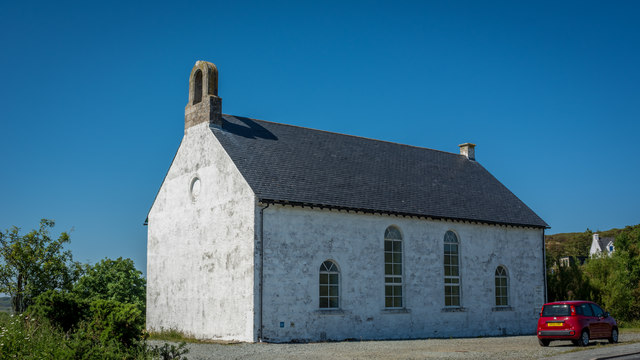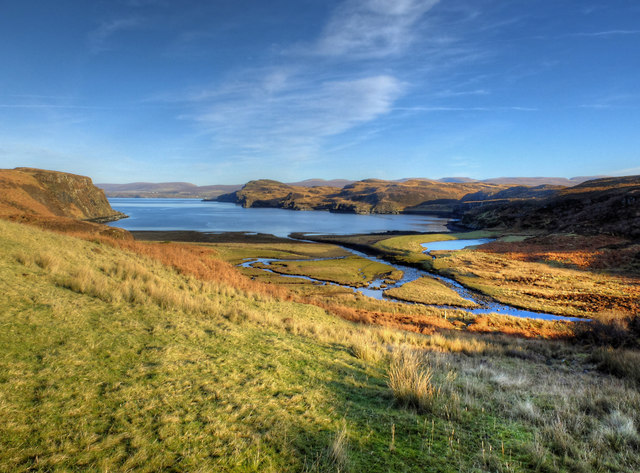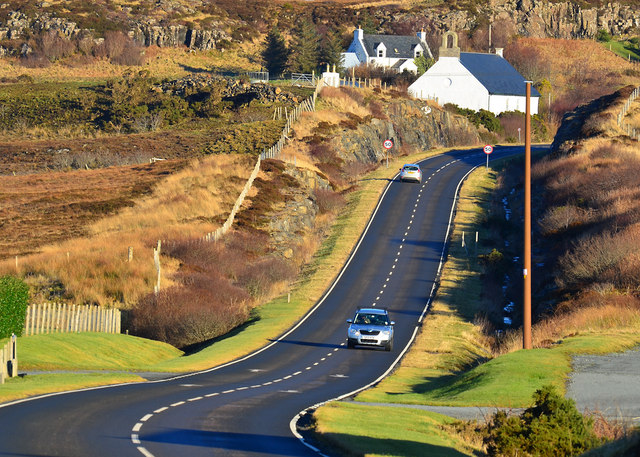Rubba nan Corr
Coastal Feature, Headland, Point in Inverness-shire
Scotland
Rubba nan Corr
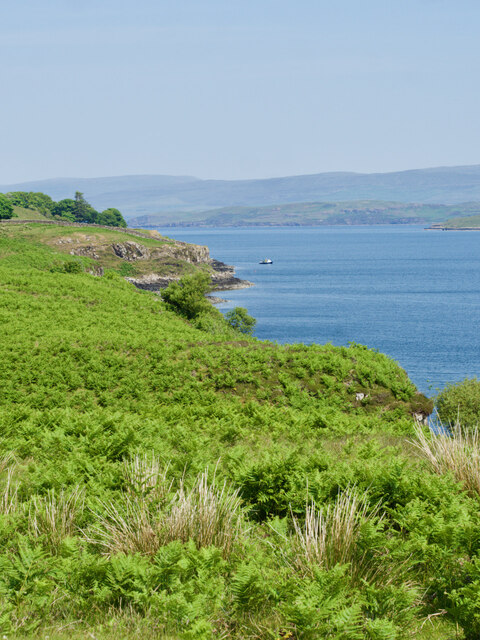
The requested URL returned error: 429 Too Many Requests
If you have any feedback on the listing, please let us know in the comments section below.
Rubba nan Corr Images
Images are sourced within 2km of 57.502416/-6.4324055 or Grid Reference NG3454. Thanks to Geograph Open Source API. All images are credited.
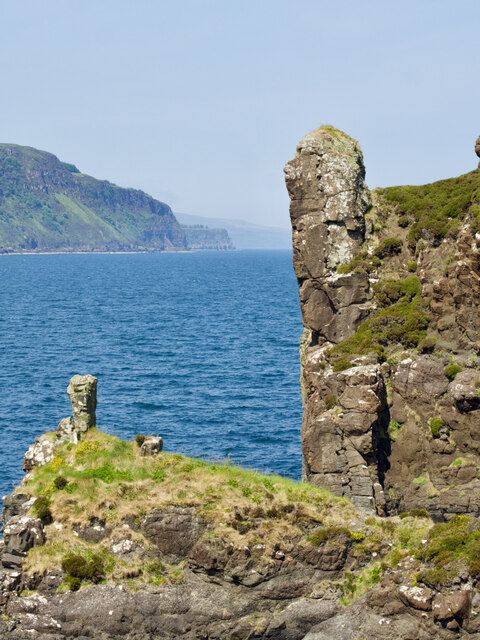
![Stacdachan The Victorian surveyor&#039;s notebook contains the following notes:
&lt;&lt;This name spplies to a high Standing rock, Signifying &quot;The Pinnacle&quot; Situated on the Coast 3/4 of a mile north west from Greshornish House.&gt;&gt;
Source: ‘OS1/16/7/111 | ScotlandsPlaces’. 2019. Scotlandsplaces.gov.uk &lt;<span class="nowrap"><a title="https://scotlandsplaces.gov.uk/digital-volumes/ordnance-survey-name-books/inverness-shire-os-name-books-1876-1878/inverness-shire-skye-volume-07/111" rel="nofollow ugc noopener" href="https://scotlandsplaces.gov.uk/digital-volumes/ordnance-survey-name-books/inverness-shire-os-name-books-1876-1878/inverness-shire-skye-volume-07/111">Link</a><img style="margin-left:2px;" alt="External link" title="External link - shift click to open in new window" src="https://s1.geograph.org.uk/img/external.png" width="10" height="10"/></span> &gt; [accessed 17 July 2023]](https://s1.geograph.org.uk/geophotos/07/54/40/7544085_c2db11bd.jpg)

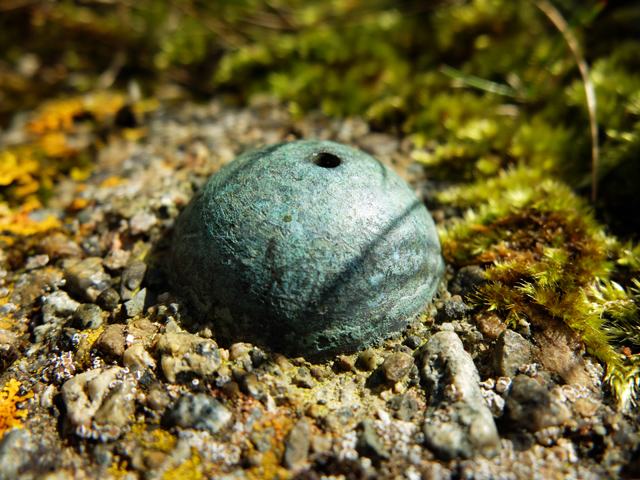
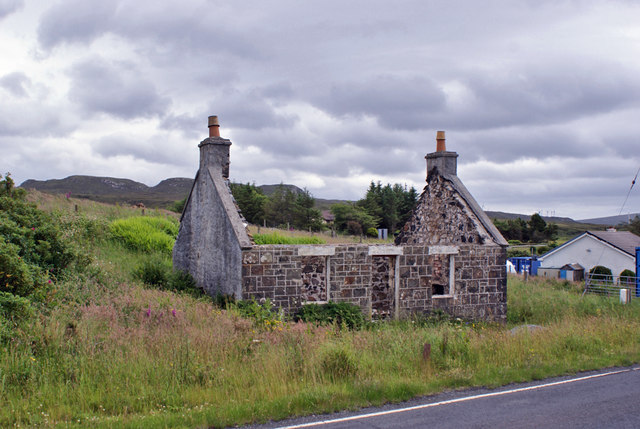
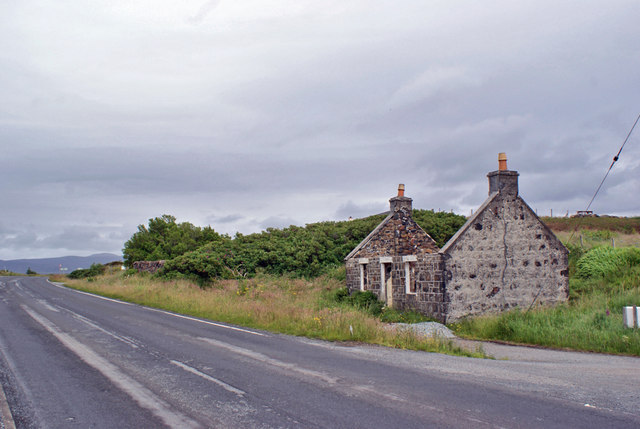
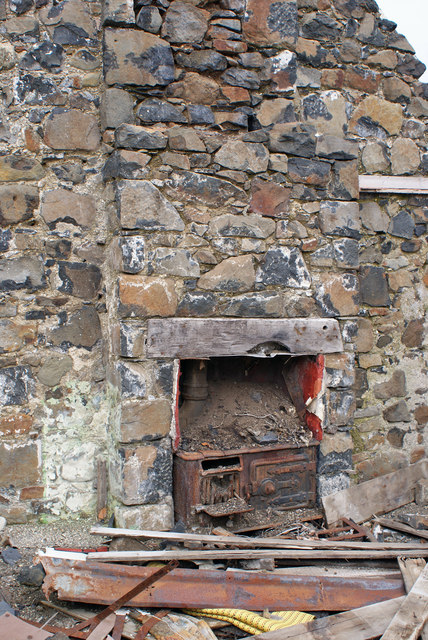
Rubba nan Corr is located at Grid Ref: NG3454 (Lat: 57.502416, Lng: -6.4324055)
Unitary Authority: Highland
Police Authority: Highlands and Islands
What 3 Words
///intrigues.firms.musical. Near Dunvegan, Highland
Nearby Locations
Related Wikis
Flashader
Flashader (Scottish Gaelic: Flaiseader) is a small crofting township close to the east coast of the sea loch Loch Greshornish on the Isle of Skye. It is...
A850 road
The A850 road is a road in the Scottish Isles, off the west coast of mainland Scotland. == Road function == It is one of the principal roads of the Isle...
Suladale
Suladale or Suledale (Scottish Gaelic: Sùladal) is a small mixed crofting hamlet of fewer than a dozen houses, located near Edinbane, on the north of...
Edinbane
Edinbane (Scottish Gaelic: An t-Aodann Bàn the fair hill-face) is a small village on the island of Skye, Scotland. == Location == Edinbane lies on the...
Nearby Amenities
Located within 500m of 57.502416,-6.4324055Have you been to Rubba nan Corr?
Leave your review of Rubba nan Corr below (or comments, questions and feedback).
